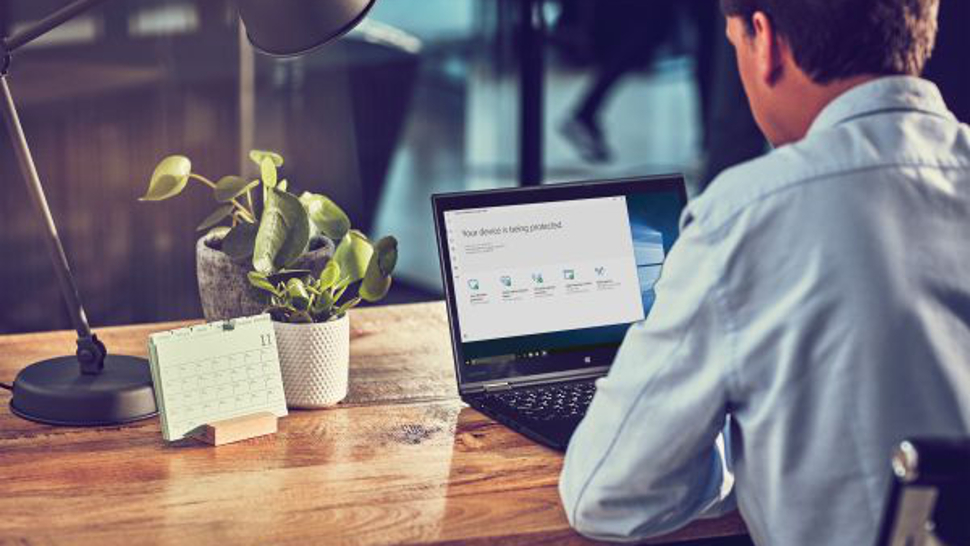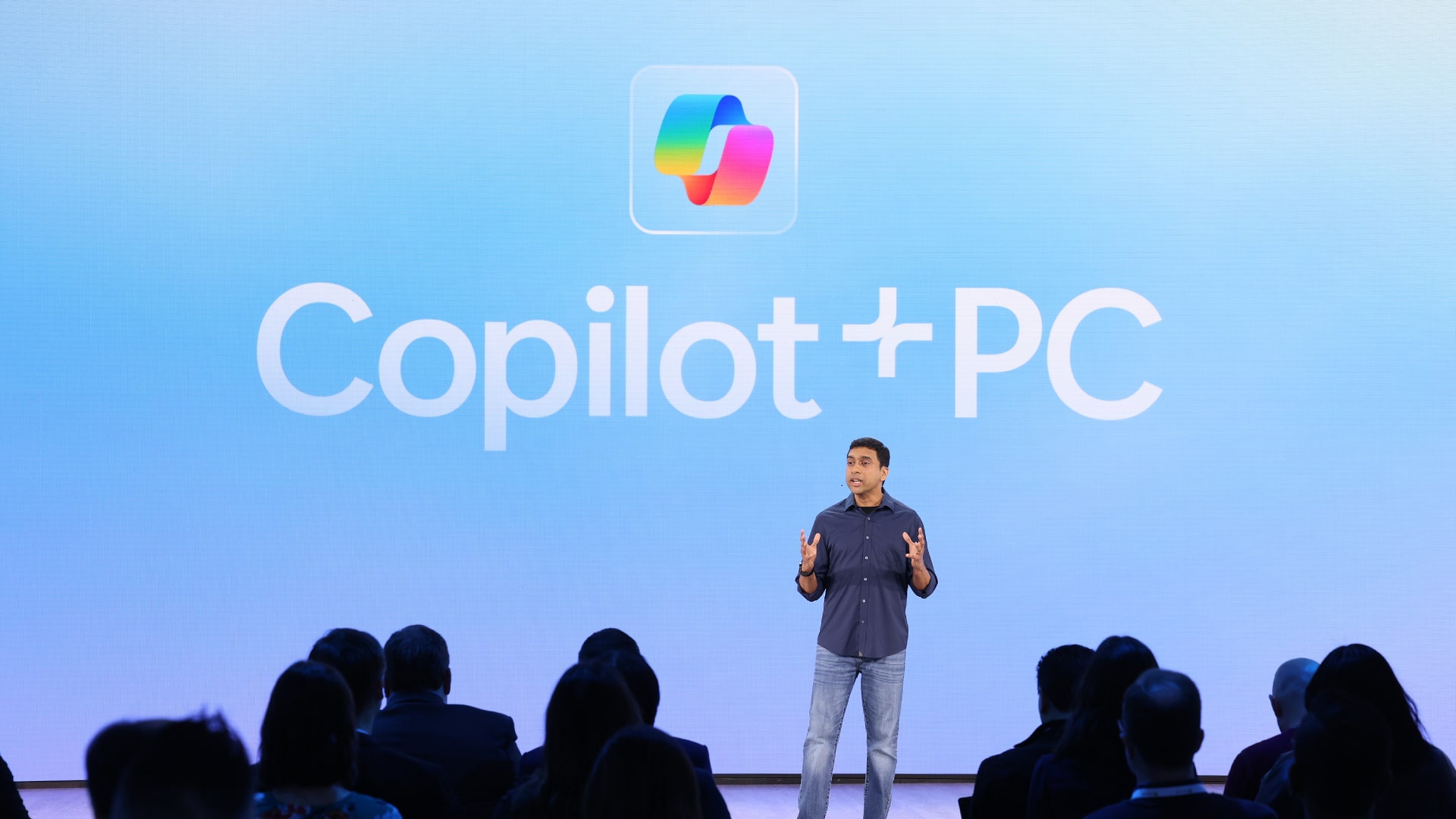Upgrade to Windows 11 or take the risk: Microsoft warns about Windows 10’s end-of-life date once again
Microsoft continues to push Windows 11 as Windows 10’s end draws near

Windows 10 might hold a share of around 70% of the overall Windows user base, but that’s not making Microsoft flinch when it comes to its plans to deprecate the fan-favorite operating system. The date when Windows 10 is going to stop receiving support and new updates has been set (it’s October 14, 2025), and current Windows 10 users are being reminded again.
This isn’t the first time Microsoft has prodded users to upgrade to Windows 11 - far from it. Previously the company has shown full-screen multi-page reminders, and now, Microsoft has added an official web page detailing the inevitable.
The new ‘End of support’ page offers Microsoft’s advice and recommendations for transitioning to Windows 11 if you’re running Windows 10 (or an older Windows version than that like Windows 8.1 or Windows 7).
Windows 8.1 and Windows 7 have already been ditched and haven’t been receiving updates for a long time, and Windows 10 will join them next year. The official page goes into detail about what will happen when support ends and what users can expect.
The Windows 10-specific page has a prominent banner urging users to upgrade to Windows 11 for free if their PC is eligible. Microsoft also explains that Windows 10 users will no longer receive security or technical updates after October 2025. Their PCs will continue to work, but they won't get security updates and will be left open to potential security exploits, and so Microsoft recommends that they move on to Windows 11 (if their hardware allows the upgrade).
The dedicated transition page also has other linked pages detailing Windows 11’s features and how they’re an apparent improvement on Windows 10, as well as a straightforward comparison page between the two operating systems. There’s a page that even takes you through the process of how to shop for a new laptop, should you wish to upgrade to Windows 11 on a new device, and how you can back up your data on OneDrive to make sure you don’t lose it when you transition to a new machine.
Microsoft is pretty insistent that you will need to get a device capable of running Windows 11, preferably a new one and, if you really want to make Microsoft happy, you can go for one of its brand new next-gen Copilot+ PCs.
Sign up for breaking news, reviews, opinion, top tech deals, and more.

So, what's next for Windows 10 users?
Windows 10 users who don’t want to migrate to Windows 11 will be faced with a difficult choice - switch to an alternative OS entirely (like Linux), or stick with Windows 10 and open up their PC to possible malware and security holes that don’t get resolved by updates after October 2025. These users will also not see any new features for their system or apps introduced through updates.
The other choice is to continue receiving critical security updates for Windows 10 by opting in for the Extended Security Updates (ESU) program for the operating system. It's intended to be a permanent fix, and its purpose is to offer a temporary solution. This is mainly for organizations and businesses while they transition to a newer operating system.
The pricing plans for individual users opting for the ESU program haven’t been revealed yet, but Windows Latest has learned that Microsoft will share this information later in the year. Businesses will pay $61 per device for year one (and that price will increase every year).
Many people just prefer Windows 10 to Windows 11, but there are also folks whose devices don’t meet the hardware requirements to run Microsoft’s newest OS. While there are workarounds for some PCs to fudge an installation of Windows 11, we wouldn’t necessarily recommend that course of action (and neither is it suitable for the less tech-savvy out there).
Microsoft might be eager for people to move on to its shiny new AI-driven Copilot+ PCs, but many people can’t afford a new computer right now, and, for the time being, Windows 10 works perfectly well. A lot of people aren’t that keen on Windows 11 either, due to some of its performance issues, perceived flaws in the operating system’s design, and Microsoft’s persistent effort to integrate AI features into multiple parts of the OS.
I don’t know if Microsoft will be successful in converting more users to Windows 11 and its new line-up of PCs, but Windows 10 fans are reluctant to move on just yet. As to whether that will change next year, we’ll just have to see, but Windows 11 adoption appears to have stalled recently, so it’s not looking great for Microsoft. That said, Windows is still the most widely used desktop operating system in the world, and there’s no threat to its dominance that will mean Microsoft feels the heat in any meaningful way - for now.
YOU MIGHT ALSO LIKE...
Kristina is a UK-based Computing Writer, and is interested in all things computing, software, tech, mathematics and science. Previously, she has written articles about popular culture, economics, and miscellaneous other topics.
She has a personal interest in the history of mathematics, science, and technology; in particular, she closely follows AI and philosophically-motivated discussions.